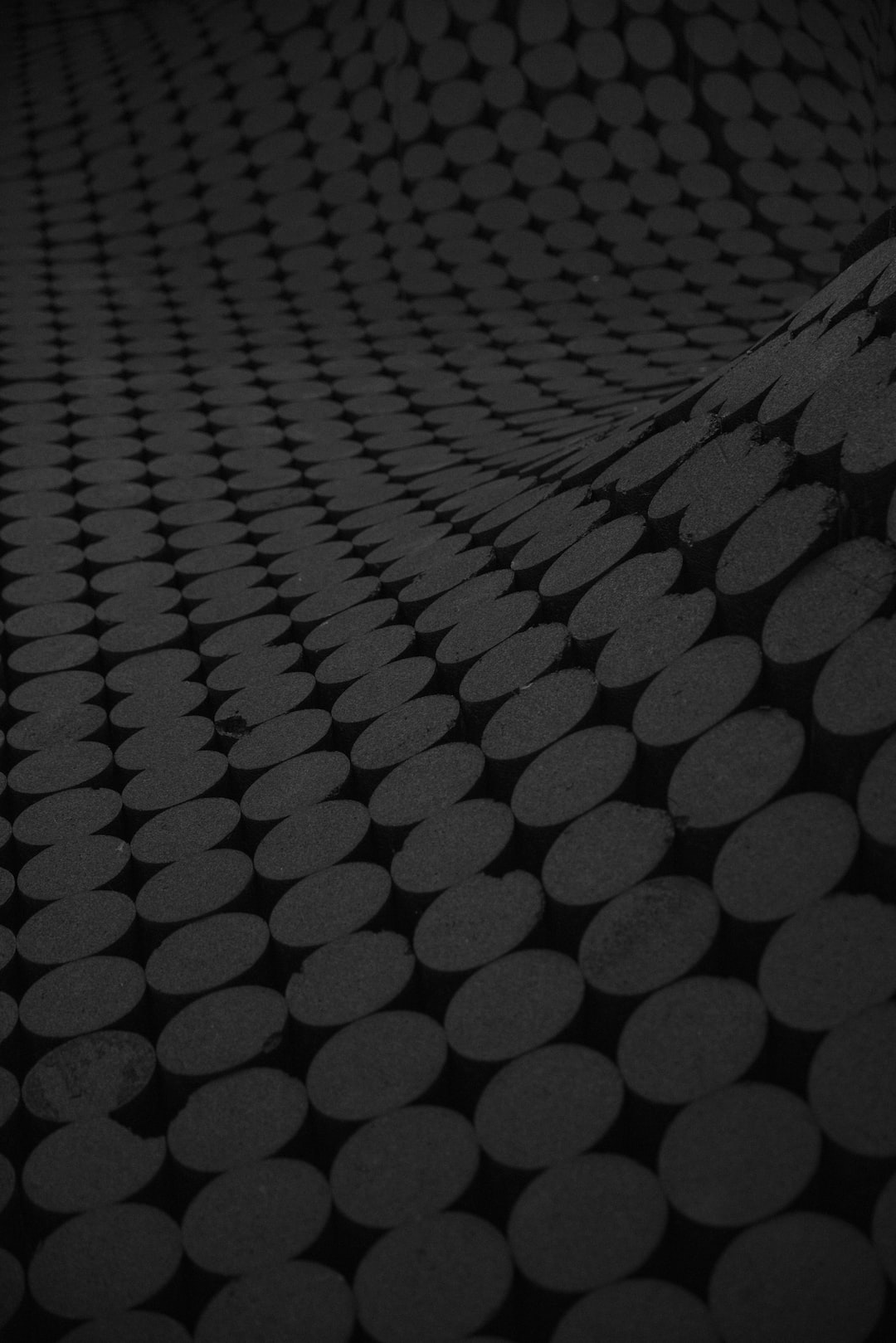Are you struggling to create stunning graphic designs? Are you wondering how some designers seem to effortlessly produce eye-catching and visually appealing designs? Well, you’re in luck because I’ve got 10 tips that will help you master the art of creating stunning graphic designs. Whether you’re a seasoned designer or just starting out, these tips will take your designs to the next level.
1. Understand the purpose: Before you start any design project, it’s crucial to understand the purpose behind it. Is it a poster, a logo, or a website? Knowing the purpose will help you make informed decisions about the colors, fonts, and layout that will best convey the intended message.
2. Research and gather inspiration: Great design doesn’t happen in a vacuum. Take the time to research and gather inspiration from other designers, websites, and various forms of media. This will help you stay up to date with current design trends and spark unique ideas for your own creations.
3. Choose the right color palette: The colors you choose can greatly impact the overall aesthetic of your design. Consider the emotions and feelings you want to evoke and select a color palette that aligns with that vision. Use color theory to your advantage and experiment with different combinations to create a visually striking design.
4. Select appropriate fonts: Typography plays a crucial role in graphic design. It’s important to choose fonts that are not only visually appealing but also legible and appropriate for the intended message. Avoid using too many fonts in a single design, as it can create confusion and clutter. Stick to two or three complementary fonts to maintain consistency and readability.
5. Use whitespace effectively: Whitespace, also known as negative space, is the empty area between elements in a design. It helps create balance, focus, and allows the design to breathe. Don’t be afraid to embrace whitespace and use it strategically to highlight important elements and create a clean, sophisticated look.
6. Pay attention to alignment and grid systems: Proper alignment is essential for creating a polished and professional-looking design. Use a grid system to guide your design elements and ensure they are aligned correctly. Aligning elements not only improves readability but also adds a sense of unity and cohesiveness to your design.
7. Experiment with different layouts: Don’t be afraid to step out of your comfort zone and try different layouts. Experiment with asymmetrical designs, unexpected placements, and innovative compositions. Pushing the boundaries of traditional layouts can result in unique and visually captivating designs.
8. Incorporate visual hierarchy: Visual hierarchy refers to the arrangement and organization of elements in a design. It helps guide the viewer’s attention and communicate the importance of different elements. Use contrast, size, color, and placement to establish a clear hierarchy that enhances the overall impact of your design.
9. Keep it simple: Sometimes less is more. Avoid cluttering your design with unnecessary elements or excessive details. Simplicity can often be more impactful and memorable. Focus on creating a design that effectively communicates the intended message without overwhelming the viewer.
10. Get feedback and iterate: Finally, don’t forget to seek feedback from others. Share your designs with fellow designers, clients, or even friends and family. Constructive criticism can be valuable in helping you identify areas for improvement and refining your designs. Use the feedback to iterate and make necessary adjustments until you achieve the desired end result.
In conclusion, creating stunning graphic designs requires a combination of creativity, technical skills, and attention to detail. By following these 10 tips, you’ll be well on your way to producing visually captivating designs that leave a lasting impact. Remember to stay open to experimentation, seek inspiration from others, and never stop learning and growing as a designer. Happy designing!


